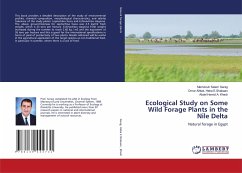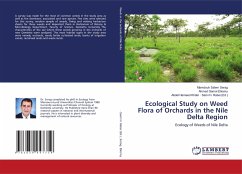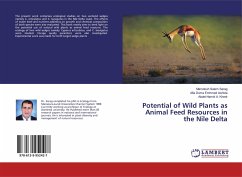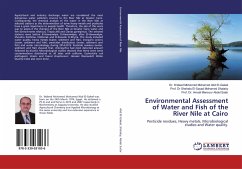The Nile Delta is the more vital area in Egypt comprises about 63% of Egypt's fertile land. The farm-land of the Nile Delta is dissected by a complicated network of irrigation canals and drains which collect excess irrigation water and sewage to release it into northern delta lakes or direct into Mediterranean Sea. The ecological studies of zooplankton communities are very important due to the fact that they are considered as secondary producers in the food chain. Rotifers are microscopic aquatic animals and most important component of the zooplankton communities inhabiting fresh and brackish waters. Some species of rotifers used as a bioindicators for pollution. The aim of this work is to shed a light on the some environmental variables and biological aspects that were affecting on diversity, abundance and distribution of rotifers in aquatic habitats in the Nile Delta. In addition to the determination of pollution for the delta aquatic habitats by rotifers as a bioindicator.








